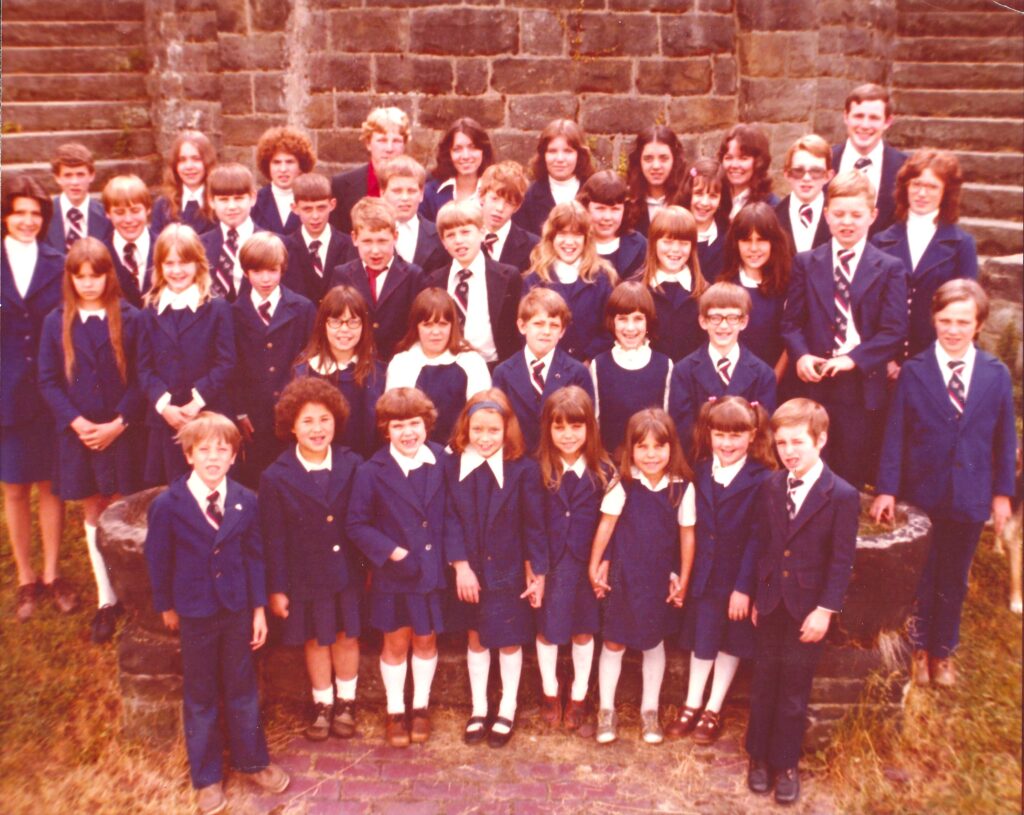
The Beginning
After graduating from Penn State, Princeton Seminary, and the Prairie Bible Institute, Brother Earl was called to the mission field. In 1947, the Tygert family moved to Japan to serve as missionaries. Dur the 18 years Brother Earl ministered in Japan, he established Bible schools and Christian day schools to minister to both Japanese and other foreign believers.
In 1967 the Tygerts moved back to the United States and lived in eastern Pennsylvania. Once back in the US, Brother Earl and several supporters of his ministry in Japan founded Life Ministries. After two years in Eastern Pennsylvania, the Tygerts were presented with the opportunity to purchase the former estate of Joseph Sibley, a prominent leader in the oil industry and Congressman. Although the property was extremely out of the price range of the small ministry, Brother earl worked with the current owners of the estate, the White Fathers of Africa, to negotiate a payment plan. The estate consisting of the main house, known as The Castle, and 100 acres of property was sold for $150,000 to Life Ministries in 1969. From 1969 to 1974, the Castle served as the headquarters of a Brazilian missions organization. During this time the estate saw many conferences and retreats for ministries and religious groups.
In the winter of 1974, Brother Earl Tygert held the first meeting to discuss an idea God had been developing in his heart for several years: the creation of a Christian school. This idea developed into Christian Life Academy. In the basement of the Castle the first group of six students began in the fall of 1975 and public interest in the small venture quickly grew. Over the next several years, the school quickly grew to forty students from Kindergarten to High School. In 1978, tragedy struck when Brother Earl died from a massive heart attack. With Earl’s passing, Mike Lloyd took over as administrator of the small school. Around this time the property which Earl owned in Japan was sold to another mission organization for $300,000. This money was used by life ministries to pay off the remainder of the mortgage and upgrade sections of the estate.
The school continued to see steady growth. As more students enrolled, CLA was able to hire more full-time teachers and expand their course offerings. In 1980, the school graduated its first students: a class of three. During the years at the Castle, CLA used the Accelerated Christian Educator program (ACE). This program was based on individual pacing with goal plans for each week. The school eventually transitioned into the standard classroom setting, beginning with Biology.
CLA continued to grow and eventually taught over a hundred students in the rooms of the Castle. As 1990 approached the growing school made plans to build a school building, separate from the Castle. In 1990, CLA purchased a 16-acre plot of land in Seneca and began designing their new facility. As the project neared the building stage, the projected expanses were too great for the small school. During debate about whether or not to proceed with construction, the old Cranberry High School building went up for sale. After much negotiation, the building was sold to CLA in 1991 and the school was moved out of the Castle. The CLA Campaign for Excellence was launched to pay off the new building and was a great success.
1992 saw greater public interest in the growing school and enrollment increased. In the new building CLA was able to enroll over 200 students. With more students, the school was able to hire more teachers and staff, which allowed for the increase in course offerings and presented new opportunities for students.
As time went on, the school began to struggle to maintain such a large building. Once again, CLA began searching for a new building. In 2010, the former Pinoak Elementary building was being sold. The Pinoak building met the needs of CLA and provided a much needed, smaller space for the school. In 2011 the school began their first year in our current building.
With the move to the current building came its own unique challenges. When the school relocated, space for the high school was greatly reduced. This prompted many high school families to leave the school. In 2011, the school dropped from 120 in 2010 to 80 students. As the school continued to develop the Pinoak building, the school began to grow again, and the high school program was quickly rebuilt. To accommodate the renewed high school program, new rooms were created, and the Growing in Faith campaign began. In 2018, a new high school wing was built onto the building, giving the school more room to grow, while being able to maintain its facility.
